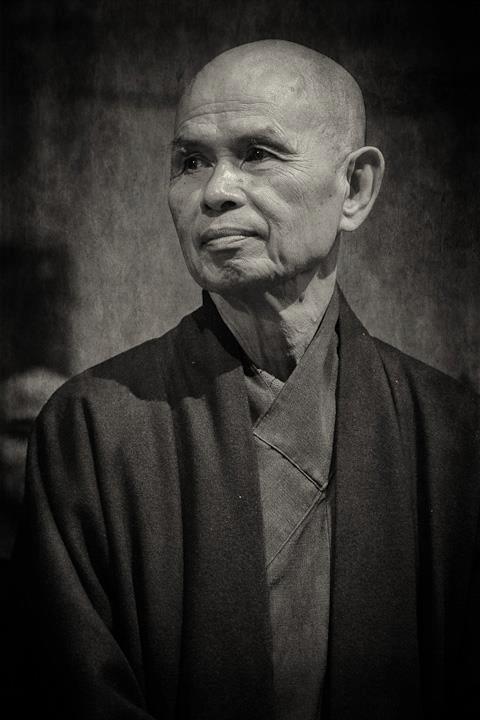What Is Mindfulness?
The Merriam Webster dictionary defines mindfulness in this way, “The practice of maintaining a nonjudgmental state of heightened or complete awareness of one’s thoughts, emotions, or experiences on a moment to moment basis.”
How are you feeling in this moment? Are you tired? Aggravated? Joyful? Relaxed? Checking in with yourself and doing an inventory of how you are feeling physically, mentally, and emotionally is a critical practice to learn and master if we want to lead happier lives with less suffering. Many people spend days on end without ever asking themselves this simple question, “How am I feeling?”
Mindfulness is simply viewing the thoughts and emotions that are taking place in your mind, not necessarily identifying with them, but trying to understand objectively why they are there and for what purpose they serve in the current moment.
How do you feel when your partner disagrees with you? Are you able to understand why you feel hurt when a friend laughs at you? The questions for unlocking a more mindful existence center around, “How am I feeling, and why am I feeling this way?”.
Giving Our Gift
 To fully understand how mindfulness affects us and our everyday relationships we must understand what Thich Nhat Hanh says:
To fully understand how mindfulness affects us and our everyday relationships we must understand what Thich Nhat Hanh says:
“The most precious gift we can offer others is our presence. When mindfulness embraces those we love, they will bloom like flowers.” Thich Nhat Hanh
The bloom that is referred to is a blooming of open communication and understanding, because the feeling of exchanging truly understood words with another human is one of life’s greatest blessings. To know that your words are both heard and understood is communication at its best, and we can achieve this level of understanding only by giving the other all of our attention. The opposite is a one way conversation with a mind that is occupied. Yet mindfulness takes time to cultivate. It involves a control of your thoughts that is new to many, so keep things simple with the basic techniques that follow as you learn to be mindful of what is happening to you in this exact moment.
Practical Mindfulness
Just like any other muscle, our mind needs to practice awareness to build strength in it. Here are 3 simple ways to cultivate mindfulness in your life.
1. Touch & See
Notice 3 items in your immediate surroundings. If you’re outside, they could be natural, or if you’re at a busy office, simply choose 3 items that pique your immediate interest. Use your senses to learn about the objects, one at a time. Is it heavy, cold, metallic, etc. Do this for all three objects, spending only as much time as it takes to better understand them.
2. Intentional Eating
The benefits of intentional eating go far beyond simply altering your immediate consciousness, and can affect your overall health and physical appearance. For the sake of simplicity, your goal in eating intentionally is to better understand the moments that are happening to you right now. Next time you’re eating a meal, focus on every aspect of the eating process. When you place the food on your fork, what’s the consistency? As you bite it, how does it smell and feel? When you chew, how many distinct flavors can you taste?
3. Becoming Compassionate
Bring someone who you dwell on into your mind for a moment. Either a person who makes you feel happy, or someone who makes you uncomfortable. Do your best to empathize with who and how this person is in the world. Mindfully bring thoughts of compassion, love, and gratitude for their contribution to your life, even if they’ve done you harm. Give thanks for their presence in your life and strive to feel love for your connection to them for a few moments. Notice how you are feeling and observe the possibilities of how you may be able to learn from this person’s presence in your life. This exercise can be difficult if you’ve been hurt, but it is this practice to still be compassionate with empathy toward their problems and struggles that helps in cultivating mindfulness.
4. Breathe
There is perhaps no better way to come back to the present moment than putting an intentional focus on the most basic thing we as humans do to stay alive… breathe. The beauty is that we can engage the practice of mindful breathing at any time, which is helpful as it is a very useful tool to reorient to a place of calm and balance. An awareness of knowing when to take a little space and get back to basics by taking a few deep, grounding breaths can be the difference between a situation escalating out of control or resuming towards a calm resolution.
How Do You Cultivate Mindfulness?
Let us know in the comments below, and if you feel inspired by the message we’re sending, support our cause and spread the message with our Cultivate Mindfulness sticker.
Read more about cultivating mindfulness in Thich Nhat Hanh’s 5 Practices For Nurturing Happiness



